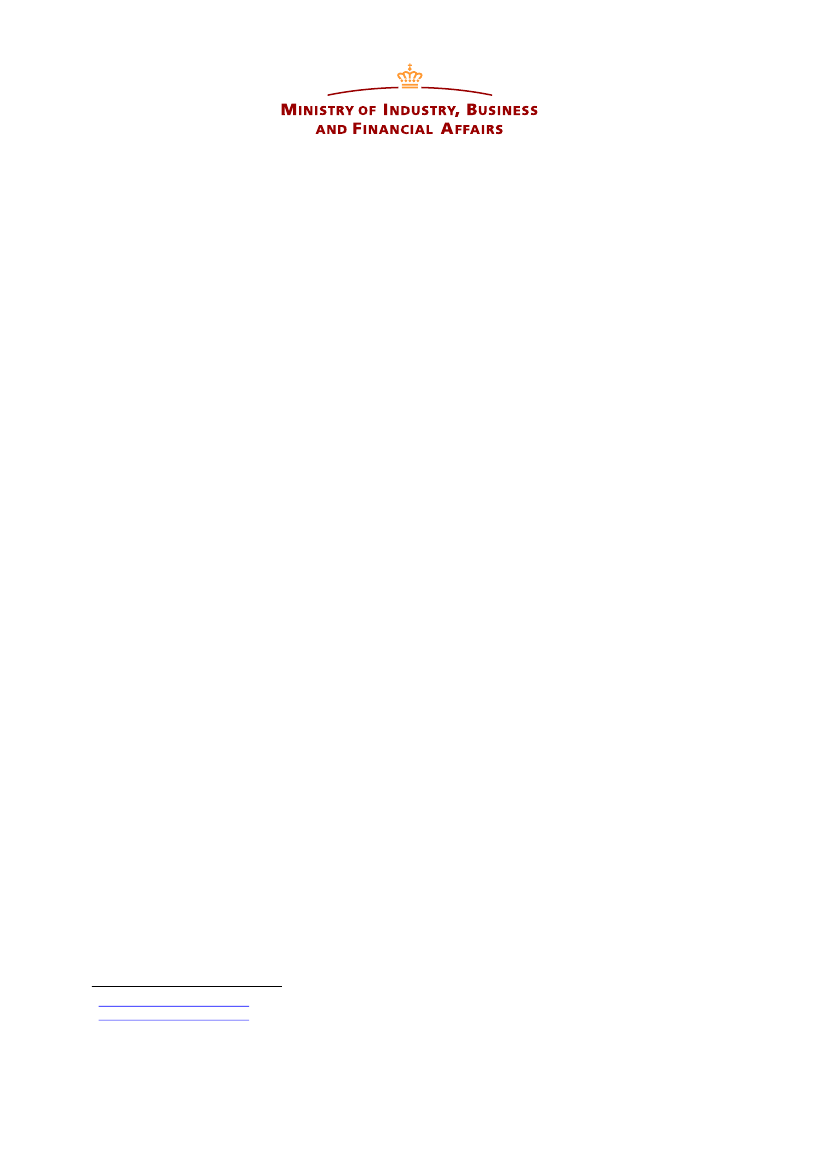
29 January 2025
2025 - 667
MarRay
Danish contribution to the Commission's Call for Evidence on the Hor-
izontal Single Market Strategy
Strengthening The European Single Market is a corner stone in the efforts
to improve European competitiveness. The Danish Government welcomes
the initiative to develop a horizontal Single Market Strategy by June 2025,
which should improve the functioning of the Single Market to the benefit
of European companies and citizens.
The Single Market is one of the EU’s biggest assets to boost competitive-
ness with its more than 23 million companies and 440 million consumers
1
.
Without an effective Single Market, industrial activities and production
will not thrive in the EU. The Single Market can propel the green and dig-
ital transitions, which must be a driver for competitiveness giving EU com-
panies an edge in the global race. We need to tap into the potential of the
Single Market using it as catalyst and driver of European competitiveness.
The Commission estimated in its communication "The Single Market at
30" that up towards EUR 713bn could be added to the European economy
by the end of 2029 if remaining barriers to the Single Market for goods and
services are eliminated
2
. This underscores the importance of continued ef-
forts to enhance enforcement of Single Market rules at both EU and na-
tional levels and to continue work on removing barriers to the free flow of
goods and services.
Based on this we encourage the Commission to include the following in the
Single Market Strategy.
Reduce regulatory burdens through digitization, standardization and
automation
First, the strategy must contribute to reducing the regulatory burdens on
companies, not least SMEs. This should be done by simplifying existing
rules and seizing the potential of digital tools, data sharing infrastructure
1
2
Single Market at 30, 16.3.2023.
Single Market at 30, 16.3.2023.